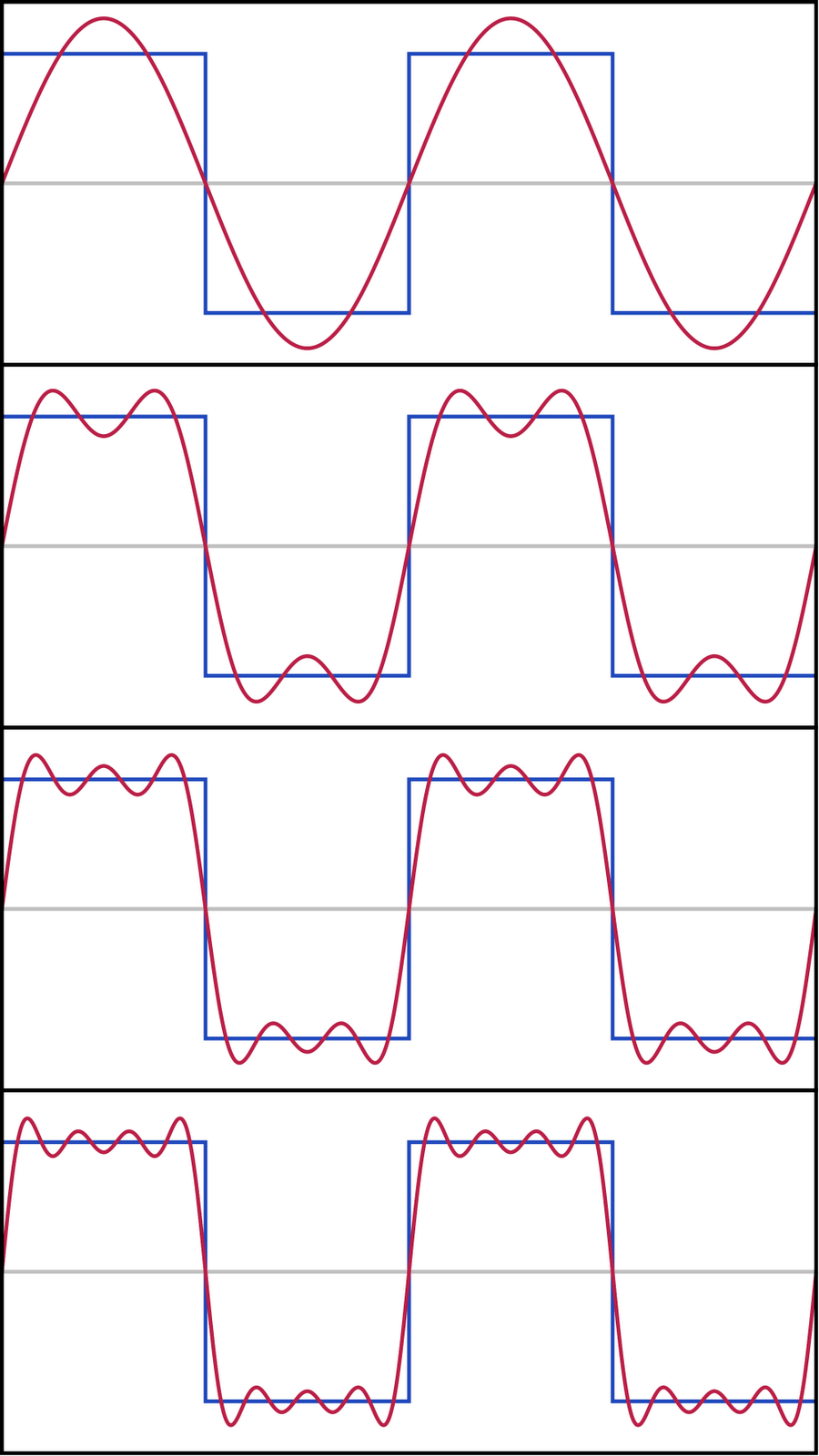
We see that the voltage oscillates between a peak or maximum positive value of and a peak negative value of. The waveform is given by the expressionĪnd plotted in figure 2.44. Can we characterize an AC waveform with a single number? Consider the instantaneous voltage versus time for an AC electrical outlet that we discussed earlier in this chapter. Likewise, the DC component of a waveform comprised of an AC and a DC component can be characterized by the average value of that waveform. RMS or effective value. We now know that a DC waveform can be characterized by a single number. Solution: The waveform has value over the interval from to and over the interval from to. Solution: The average value of the waveform is given byĮxample: Determine the DC component of the square wave shown in the lower left of figure 2.31. This is actually what is measured when a multimeter is configured to perform a DC voltage or current measurement.Įxample: Determine the DC component, or the DC value, of the raised cosine in the upper-right of figure 2.31 if the waveform is given by This analysis applies to all the waveforms shown in figure 2.43 and allows us to state the observation that the average of any periodic waveform is equal to the DC component of that waveform. If we computed the average value of this waveform, we would find it equal to the DC component, This “raised sine” is a combination of an AC component, and a DC component. The waveform in the upper-left is characterized by the expression: Each is comprised of an AC and a DC component. Figure 2.43 Four waveforms having non-zero average values. These waveforms are all composites, or superpositions, of AC and DC waveforms. The waveform shown in the upper-right goes slightly negative for a small portion of the repeat period if this were a current, it would reverse direction for a small portion of the repeat period. If they represented currents, those currents would not change direction over time as would be the case for an AC current.

The waveforms shown in the upper left and the lower right and lower left are all positive-valued waveforms they fluctuate over time, but they do not achieve negative values. Are these AC waveforms? If these waveforms represented current sources, would they represent currents that alternate direction over time? Clearly, they are not DC waveforms, constant and ever-fixed, not varying with time. Now consider the periodic waveforms shown in figure 2.43. The average value of any AC waveform is zero. We thus see that average value of each of the four waveforms plotted in figure 2.42 is zero.

The sawtooth waveform can be characterized in the interval between and by Likewise, the average value of the cosine waveform (upper right) is also zero.įor the square wave in the lower left of figure 2.42, we note that the waveform has value in the interval between and and value in the interval between and. The cosine waveform in the upper-right of Figure 2.30 has the expression Note that the integral can be carried out over any time span T seconds in duration. We determine the average value of these waveforms analytically, by computing Looking at the curves and noting that the area under each curve for positive excursions of the waveforms, ie, when is equal to the area under the curve for negative excursions, ie, when, we can deduce that they all have an average value of zero.) Figure 2.42 Periodic waveforms: sine wave (UL), cosine (UR), square wave (LL), sawtooth or ramp wave (LR) (Before proceeding to compute average values analytically, we might note that, in the case of these particular waveforms, we can see by inspection that they all have zero-average.

This is a characteristic of all AC waveforms. We are going to determine the average value of each of these waveforms and we will find it equal to zero in each case.

The period in each case is T seconds, meaning that each waveform repeats every integral multiple of T seconds, and we can write Figure 2.42 shows a set of periodic time-varying AC waveforms plotted as functions of time. 2.5 AC and DC waveforms, average and RMS valuesĪC, DC, and mixed waveforms.


 0 kommentar(er)
0 kommentar(er)
